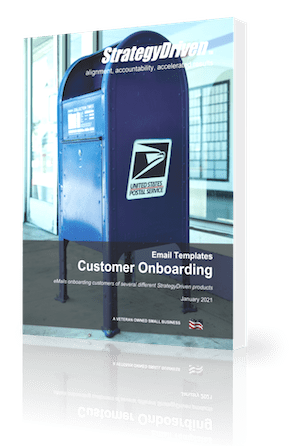Three Strategies to Synchronize, Backup and Protect Your Business Data
Virtually every type of company generates valuable data that must be updated, retained and safeguarded, including ‘secret sauce’ information on company products, employee data and sensitive customer information. As a company leader, it’s your responsibility to create and implement a strategy to make sure your information is synced to enable collaboration, backed up to ensure retention and secured to make sure data doesn’t fall into the wrong hands.
If your company started out small, it may have seemed easy at first to manage your data. Maybe you saved it all on a server, and only a few employees had access to it, so you felt you could keep an eye on it easily. But as companies grow, they get more complex. And these days, more and more businesses store information on the cloud so they can scale their infrastructure as they expand and enable employees to access data on the road or from multiple locations.
Syncing data is critical if you want to make sure everyone has access to up-to-date information, which is especially important for companies that manage mobile workforces. Otherwise, you’ll end up with different versions of the sales data or data silos will develop on separate hard drives that result in only certain employees having access to information that everyone needs.
Synchronization needs to encompass all types of devices, including tablets and mobile phones, laptops, desktops, servers and external drives. The type of data sync approach your company should pursue depends on your unique business needs, your workforce and your technology assets. Broadly speaking, there are three different categories of data solutions to choose from; here’s a brief overview of each:
Hi there! This article is available for free. Login or register as a StrategyDriven Personal Business Advisor Self-Guided Client by:
Subscribing to the Self Guided Program - It's Free!
About the Author
Bill Carey is Vice President of Marketing & Business Development at Siber Systems Inc., which offers the top-rated RoboForm Password Manager software.










Leave a Reply
Want to join the discussion?Feel free to contribute!